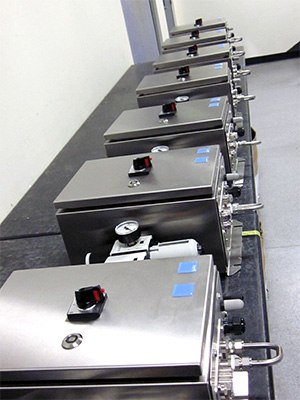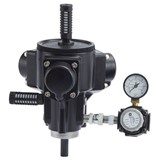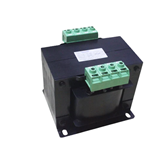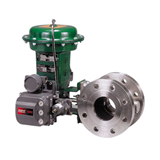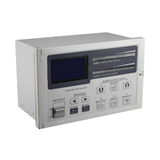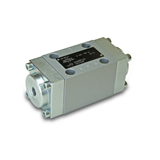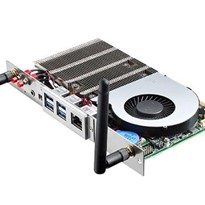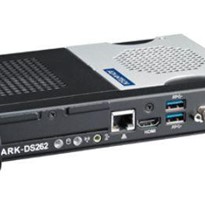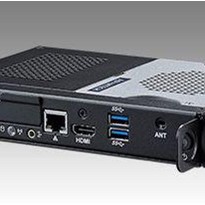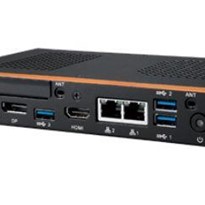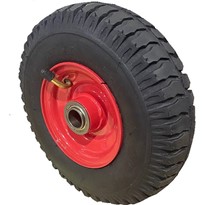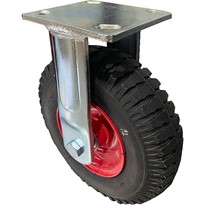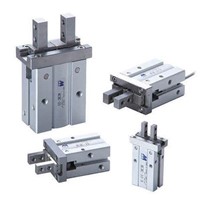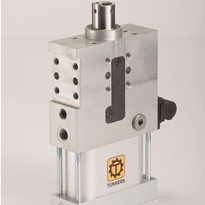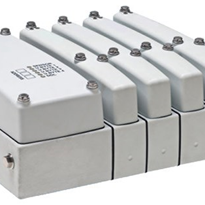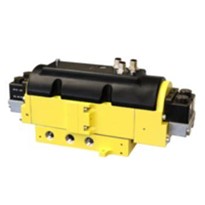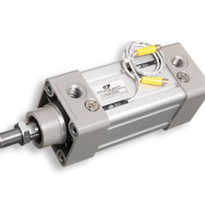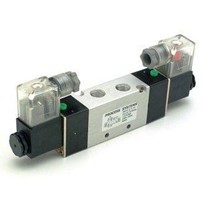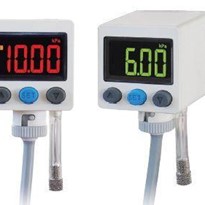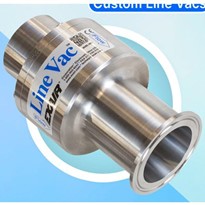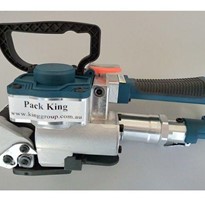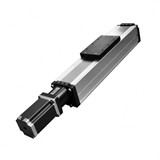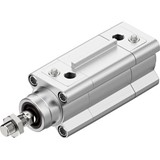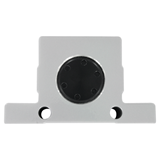Many processing plants have adopted pneumatic process control system methodologies. However as the complexity of these control systems has grown, reliability and integrity has become more critical – as has the need for appropriate specification. Not every system requires large format valves, or fieldbus communication, to achieve the required level of automation. Burkert offers a range of automation and control technologies for small-, mid- and large-sized processes.
Pneumatic control has been in use for many years, especially in the pharmaceutical and food and beverage industries where hygienic conditions must be maintained. Pneumatics have many advantages, including simplicity of design, low maintenance requirements, and excellent reliability due (in part) to the use of compressed air as the power source. In addition, these systems are intrinsically safe and so can also be used in hazardous atmospheres, such as those in the petro-chemical industries.
Modern control systems can be divided into two groups, centralised and decentralised. As the names suggest the main control functions will either be grouped at a central point or located at the point of control, such as a process control valve. A centralised control solution is the more traditional solution and will usually involve a control panel containing a bank of control solenoids which are connected to the process control valves using air lines alone.
In a decentralised system, the air supply is fed direct to the control valve and the integral control head uses control signals to determine what action is required. The choice of system is dependent on the application since both have their advantages depending on the circumstances. The crucial point is to ensure that the system is properly designed and installed to ensure efficient and reliable operation.
Once the design scope is agreed, even for the simplest of installations, it is important to ensure the proposed design will produce an effective and efficient control system which will be easy to maintain, expand, and (if necessary) clean to the required standard. Although many of the components used in a pneumatic control system are relatively inexpensive, the cost of generating the compressed air is not and so it is crucial that the air is used in the most efficient way. This also impacts the 'green rating' of your process line, which is increasingly impacting profitability, and being reported on the 'triple bottom line'.
The first step is to clean and regulate the compressed air supply to the control system using air preparation units which filter and regulate the air supply. These units remove water and oil aerosols while also controlling the system air pressure all of which makes them crucial to ensuring correct operation of the system as well as reducing wear and corrosion of the components. Burkert offers standardised filter-regulator air preparation units, with and without isolation valve kits, for all manifold sizes available from local stores.
Air preparation units are available with a range of filter sizes, down to 0.01μm, as well having the option of an activated carbon filter which can remove oil aerosols to a level of less than 0.005 mg/m3. In addition, a range of connection sizes is available, plus explosive environment certification to comply with regulations when operating in hazardous atmospheres.
As the system starts to take shape, so there is a need for flow restrictors, one-way valves and check valves to ensure that the air pressure and flow direction is correct for the equipment it is supplying. These need to be matched to the application with regard to construction material, sealing properties and connection sizes, to ensure reliable and efficient service. An example is the type TRG001, also from Bürkert, which contains a complete range of restrictor valves, check valves and flow control valves, with non-standard versions, materials and seals also available.
All of this equipment will need to be connected together and this requires careful selection of connectors, threaded, push-in or a combination of both. In all cases the application is the deciding factor when determining the correct design of connector, especially the material choice, which could require FDA approval or the corrosion resistance of stainless steel. Whether installing a new system or making alterations to an existing system, access to a wide range of reliable connectors with the necessary approvals, such as the type TVG002 range, is crucial.
Bürkert has developed a wide range of individual products for use in pneumatic process control systems as well as a process for designing, building, installing and commissioning complete systems. From the simplest closed loop control system, to the largest factory wide production facility with the latest fieldbus communications and intelligent control valves, Burkert has the experience and expertise to deliver a huge range of reliable, efficient and economic projects.


